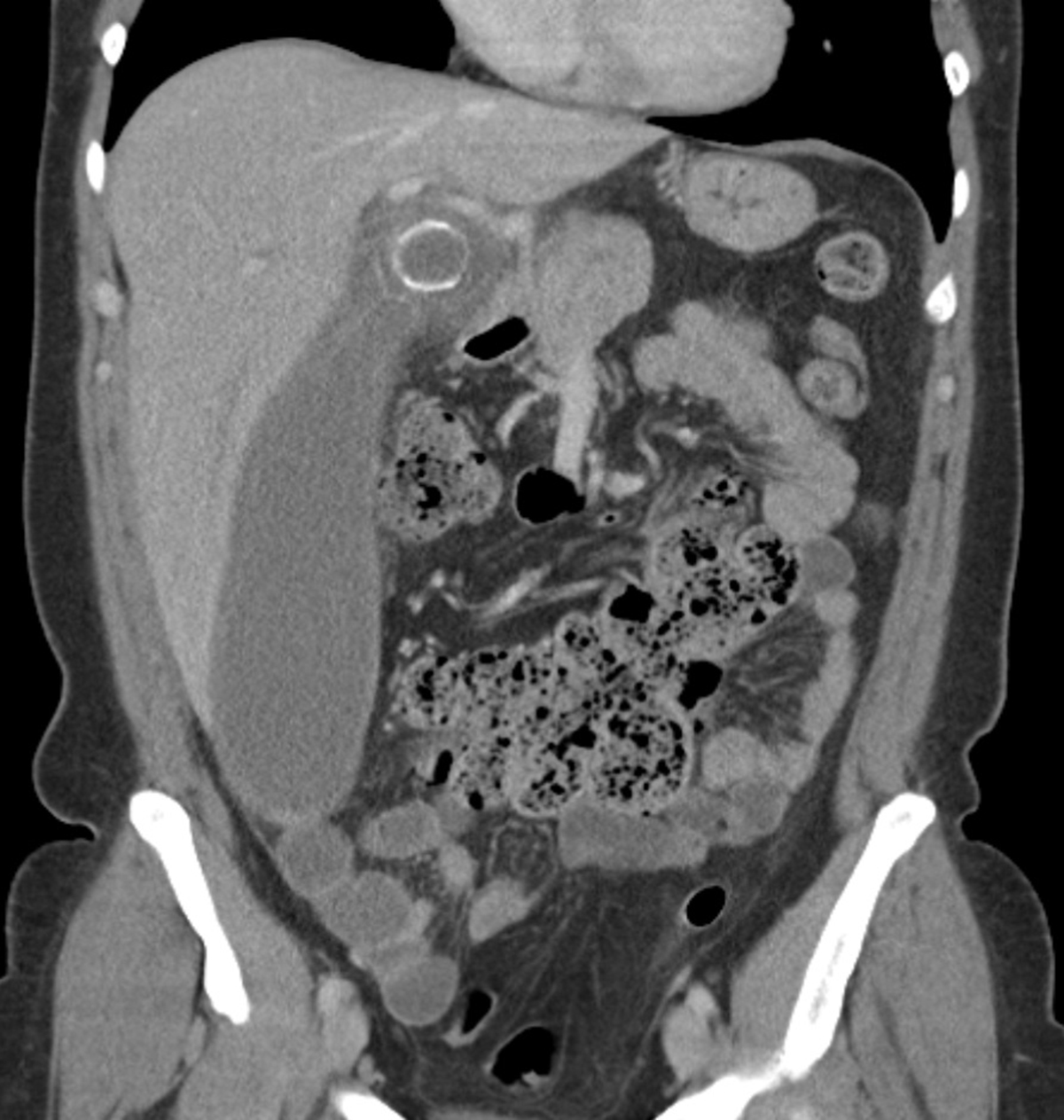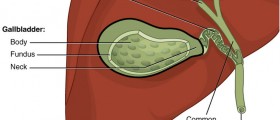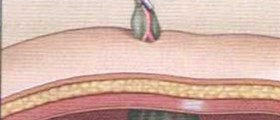
Cholecystitis is an inflammation of the gallbladder, one of the abdominal organs which aids digestion and stores the bile produced by the liver. The gallbladder is located in the concavity of the liver medically known as the gallbladder fossa. The organ is connected to the biliary tree by the cystic duct.
Cholecystitis is most commonly caused by the presence of gallstones. These stones may block the cystic duct which consequently results in bile stasis and secondary bacterial infection and inflammation. Still there are even cases of cholecystitis without the presence of gallstones. This medical condition is serious and if left untreated may lead to gallbladder necrosis and rupture.
Pathophisiology of Acute Cholecystitis caused by Gallstones
This is one of the most common forms of acute cholecystitis. The inflammation develops rapidly and the disease progresses rapidly. The disease is caused by the presence of gallstones. There may be one or even several gallstones in the gallbladder and they may vary in structure and appearance.
Once the gallstones block the cystic duct the bile accumulates inside the gallbladder. This leads to inflammation and what follows is bacterial superinfection which contributes to the symptoms and signs of the disease. The inflammation leads to distension of the gallbladder and this may eventually result in its swelling of the cells lining of the inner surface of the gallbladder. Consequent ischemia of the gallbladder wall eventually leads to necrosis of the gallbladder wall. This condition is known as gangrenous cholecystitis. In this stage of the disease the gallbladder must be surgically removed as soon as possible since it may rupture and cause serious complications.
Pathophysiology of Acalculous Cholecystitis
Acalculous cholecystitis may develop due to many factors but it is never related to the presence of gallstones. It may be caused by ischemia, chemical poisoning, motility disorders, infestation with protozoa, collagen diseases, allergic reactions etc. It is also common for patients suffering from severe burns, multisystem organ failure and sepsis.
Pathophisiology of acalculous cholecystitis basically depends on the underlying cause. The inflammation is in majority of cases caused by increase in the viscosity of the bile and consequent bile stasis. There may be ischemic changes of the gallbladder wall or there are no changes related to blood supply to the organ. Unlike calculous cholecystitis in acalculous form of the disease there is a chance of spontaneous resolution of the inflammation and accompanying symptoms and signs of the disease.
No matter if a person is suffering from calculous or acalculous form of cholecystitis the symptoms of the disease are the same. Once the diagnosis of inflammation has been set the patients are treated surgically and they undergo cholecystectomy, a surgical removal of the gallbladder.
















Your thoughts on this
Loading...